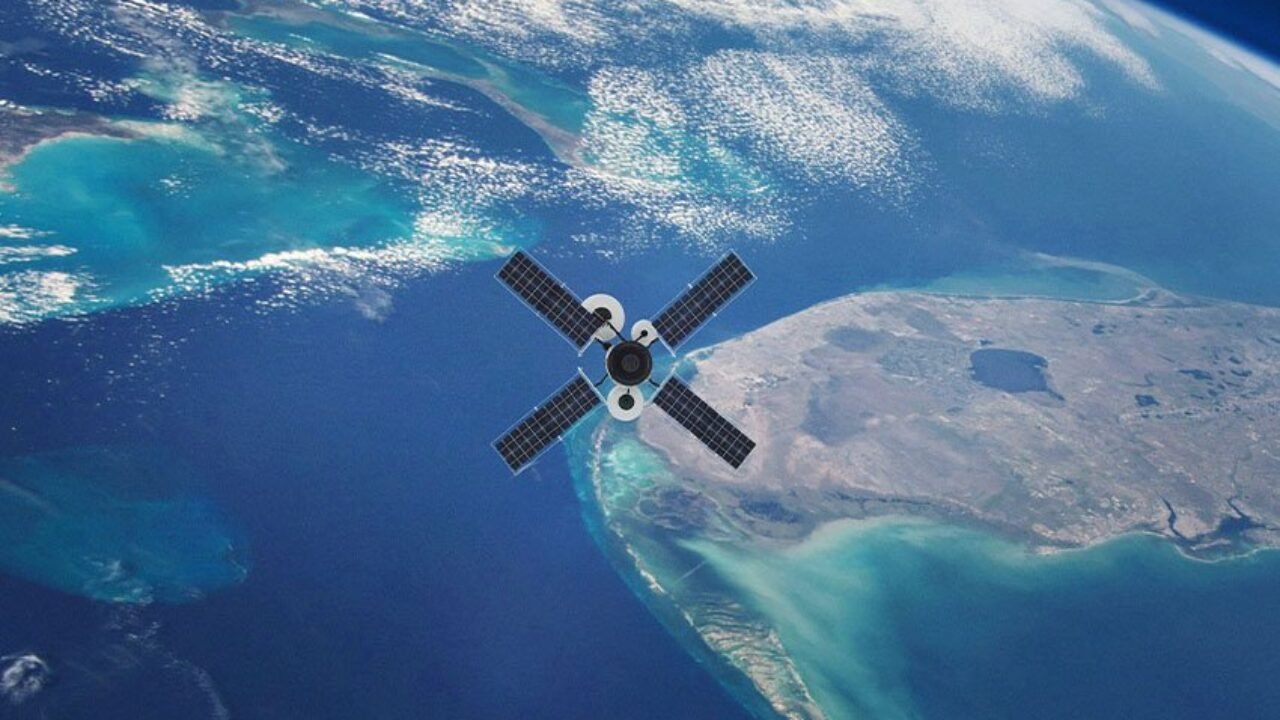Fluid Mechanics in Space Exploration & Additive Manufacturing Keeps Growing
Jason Rabinovitch, Assistant Professor of mechanical engineering at Stevens Institute of Technology, is using computational fluid mechanics in his research to look at how substances like air and water flow, which is widely used in space exploration.
His studies and his use of simulation is backed by NASA, after his contribution to their Mars 2020 mission. Today, his lab is also doing simulations for a solid acrylic fuel system that would make it possible to send small satellites on their own long-distance missions.
Among other subjects, his research and simulations are focused on Enceladus (Saturn’s sixth-largest moon) and the water ocean that lays under its frozen crust.
“What's been very interesting to scientists is whether or not that ocean actually has the potential to support life. It's very hard to send a spacecraft and even harder to send a probe that could somehow make it through the ice and get into the ocean. So, one of the ideas is to fly in orbit around Enceladus and go through this plume of ice and water and use a scientific instrument to sample that material and figure out what it is.”
Jason Rabinovitch.
Additive manufacturing is turning into a staple of the aerospace industry, as major agencies, educational entities and companies from the private sector start to rely heavily on them. From Fleet Space (which mentioned before in an article) to Luyten (which will talk about next week), more and more businesses are turning their attention to the 3D printing space.
Now, backed by the Australian government with 2.235 million dollars, Boeing and Titomic are partnering to research the use of sustainable titanium powders in 3D printing.
“Demonstrating that additive manufacturing technology, or large-scale 3D printing, using green titanium produces highly resilient, lightweight components will have broad-ranging application across the space sector.”
Paul Watson, Boeing Defence Australia director Aerospace Engineering and Production.
Titanium has a high strength-to-weight ratio and a great corrosion resistance, making it a great choice for the aerospace industry. They will rely on cold spraying (AKA Cold Spray), which projects titanium particles onto the print substrate at very high speed, fusing them together to form the desired part.
We have been betting on the Additive Manufacturing process for our solutions, and seeing the market move towards that direction only solidifies our choice.


